Bikepacking NYC: the gear
A while back we planned two bikepacking adventures from New York City. The first, 'The Weekend Escape' featured a bike crew heading North to Harriman State Park. The second, 'Fast and Light' was a more intimate and last minute affair with just Lisa and I. Both featured some important lessons and gear tips that we summarize here:
THE LESSONS
Always watch the weather – from the early warning that we might get drenched on our Weekend Escape to the last minute decision to put a fly on a tent the evening of a torrential downpour, we have learned that it always pays to watch the weather.
Bring extra socks – whether due to a surprise rainstorm or an unexpected stream crossing, few things are more miserable than getting stuck with a damp pair of socks for a weekend on the bike. Bring more socks than you think you’ll need and make sure to keep them dry.
Know your water supplies – on more than one occasion we have been forced to ration water and even cut back on the amount of coffee we make in the morning (disaster!), neither of which is ideal for a weekend of riding. Know your water sources and make sure to pack plenty of liquids (hydration packs are a great option).
Pack an end of day reward – after a long day on the bike one of the few things better than spending time around a campfire is spending time around a campfire with a tasty snack or an adult beverage. For the latter we are fans of either a flask or canned rosé.
THE GEAR
Bikes – for shorter duration bikepacking trips out of New York City we rely on nothing more exotic than our standard race bike – the Garneau R1. With a quick wheel swap, trading our carbon race wheels for something more durable, the R1 is perfectly equipped for anything the NYC tri-state area can throw at it.
Bike Bags – with touring and bikepacking riding a rising wave of popularity there are an ever increasing array of bag manufacturers and styles. Our options are restricted somewhat by our use of race bikes for most of our excursions but we typically use a pair of Revelate Designs Viscacha saddle bags. When additional space is required we’ll add on a hydration equipped backpack (13-15L). If we’re still short of space we’ll strap sleeping backs and hammocks to our handlebars (though wheel clearance can be an issue).
Lodging – options range from minimalist to the deluxe. When the forecast and the campsite permit it our first choice is a camping hammock as few options can match the combination of light weight, packability and comfort. For our Fast and Light overnight trip we relied on a pair of Blackbird XLC hammocks from Warbonnet Outdoors. If late season temperatures are on the cold side or rain is threatening we’ll bring a lightweight tent instead. For the Weekend Escape trip we brought a three person tent from Big Agnes.
Stove – we struggle to give up the morning cup of coffee while camping. Especially when you can enjoy it still wrapped in your hammock. So while we’ll often rely heavily on tin foil wrapped veggies or some form of meat on a stick for our meals, we often bring a stove for easy coffee prep. In our case we’re partial to the MSR Windburner System that includes a variety of integrated accessories, including a french press that works quite well.
Sleeping bag/pad – since most of our bikepacking is of the fair weather variety we use a pair of lightweight three season bags, again from Big Agnes. If we’re using the tent we’ll pair the bags with a set of sleeping pads from Big Agnes, but thankfully with the hammocks pads aren’t required – further cementing their fast and light status.
Cycling kit – as we transition from the races to bikepacking not much changes in our apparel choices. We still rely heavily on our Garneau custom team kit though we mix in a variety of the retail product including the new Héros MIPS helmet and a variety of their mountain bike products.
Food – for on the bike nutrition we rely heavily on our friends at Science in Sport. Once we reach camp our meal choices are focused on ease of prep. Some of our favorites are brats (it doesn’t get much easier than cooking meat on a stick over a campfire), veggies (wrapped in foil and dropped in the fire) and if water is plentiful spaghetti (thin and easy to pack, combine with cured meat and a bit of seasoning). Of course there is a whole plethora of freeze dried food as well but given most of our trips are of the shorter variety we have the luxury of relying on more standard grocery store fare.
The basics – from there it’s all about the basics: lighter/matches, fire starter, headlamp, bike lights (if you’re racing sunset to get to your campsite, which is our standard operating procedure), sunscreen, bug spray, tool kit and tire repair supplies, toilet paper, camera, extra batteries, etc.

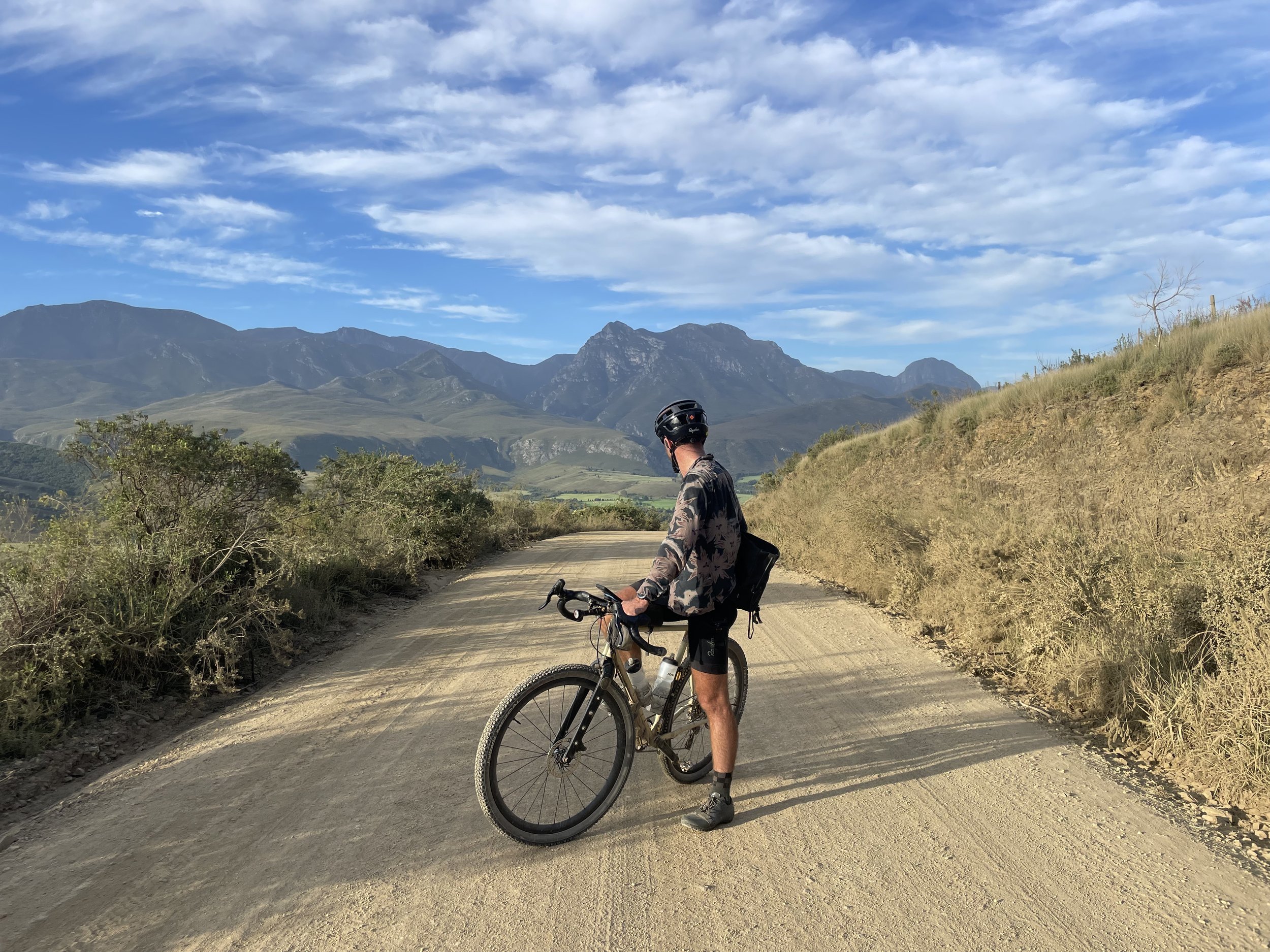
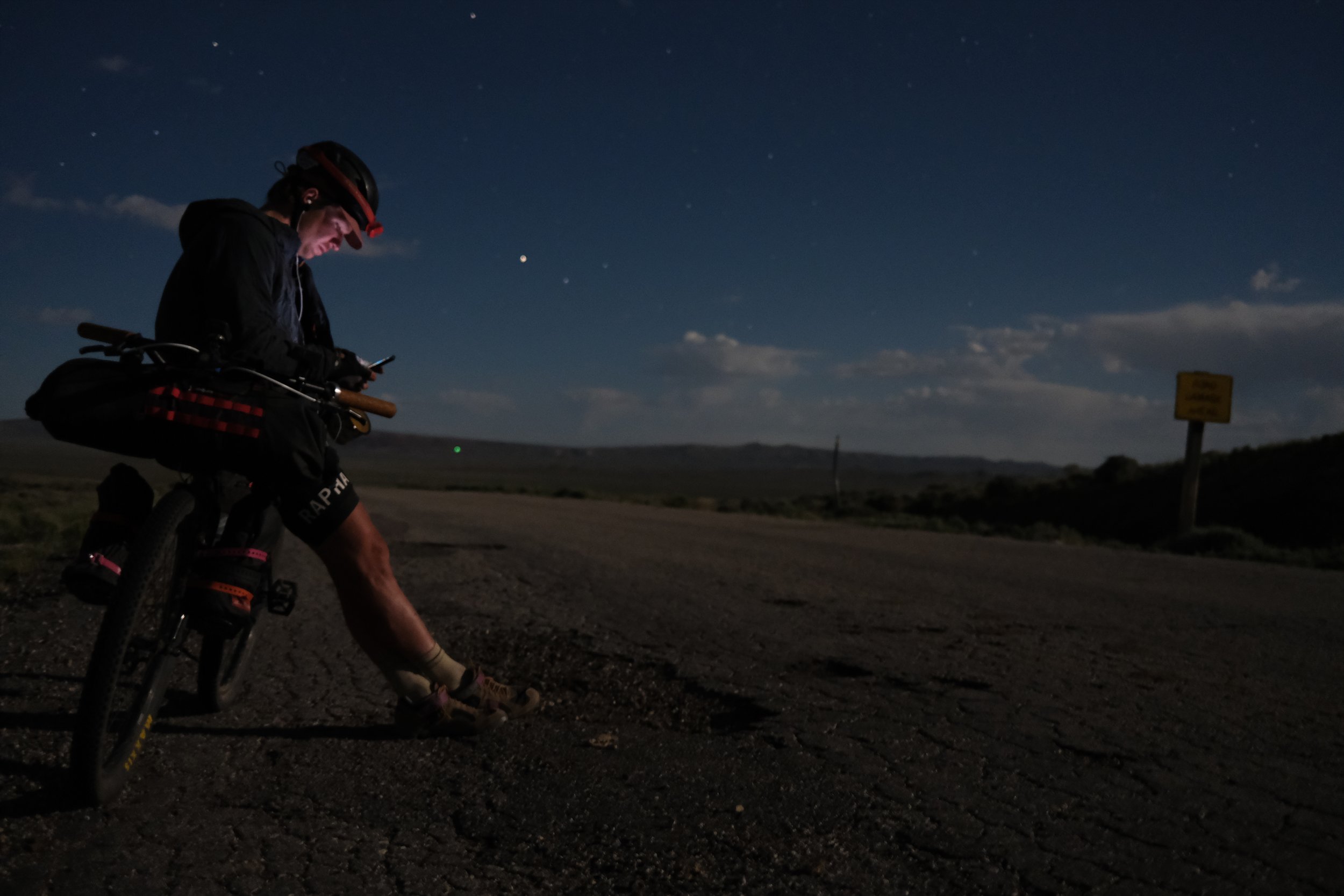
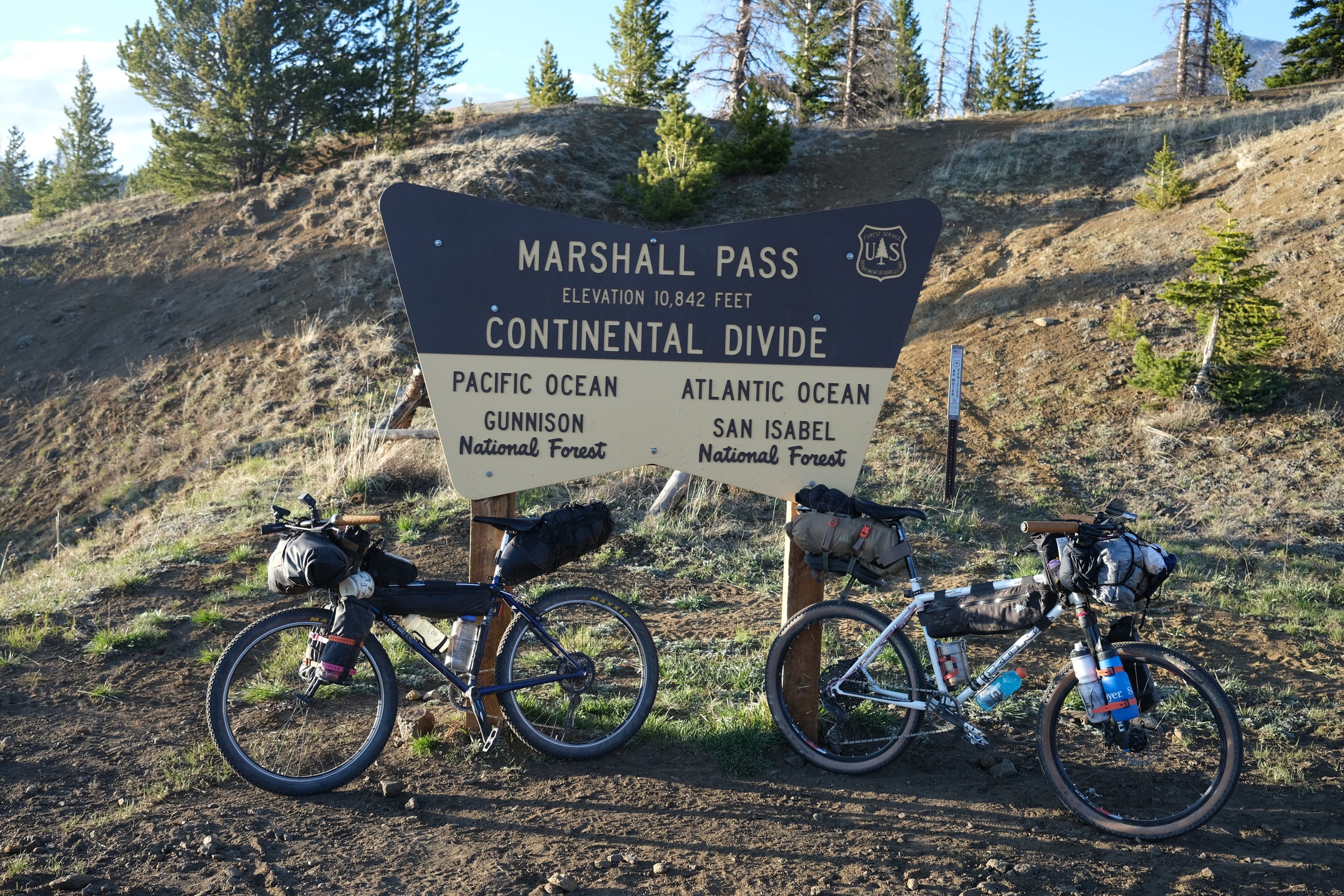
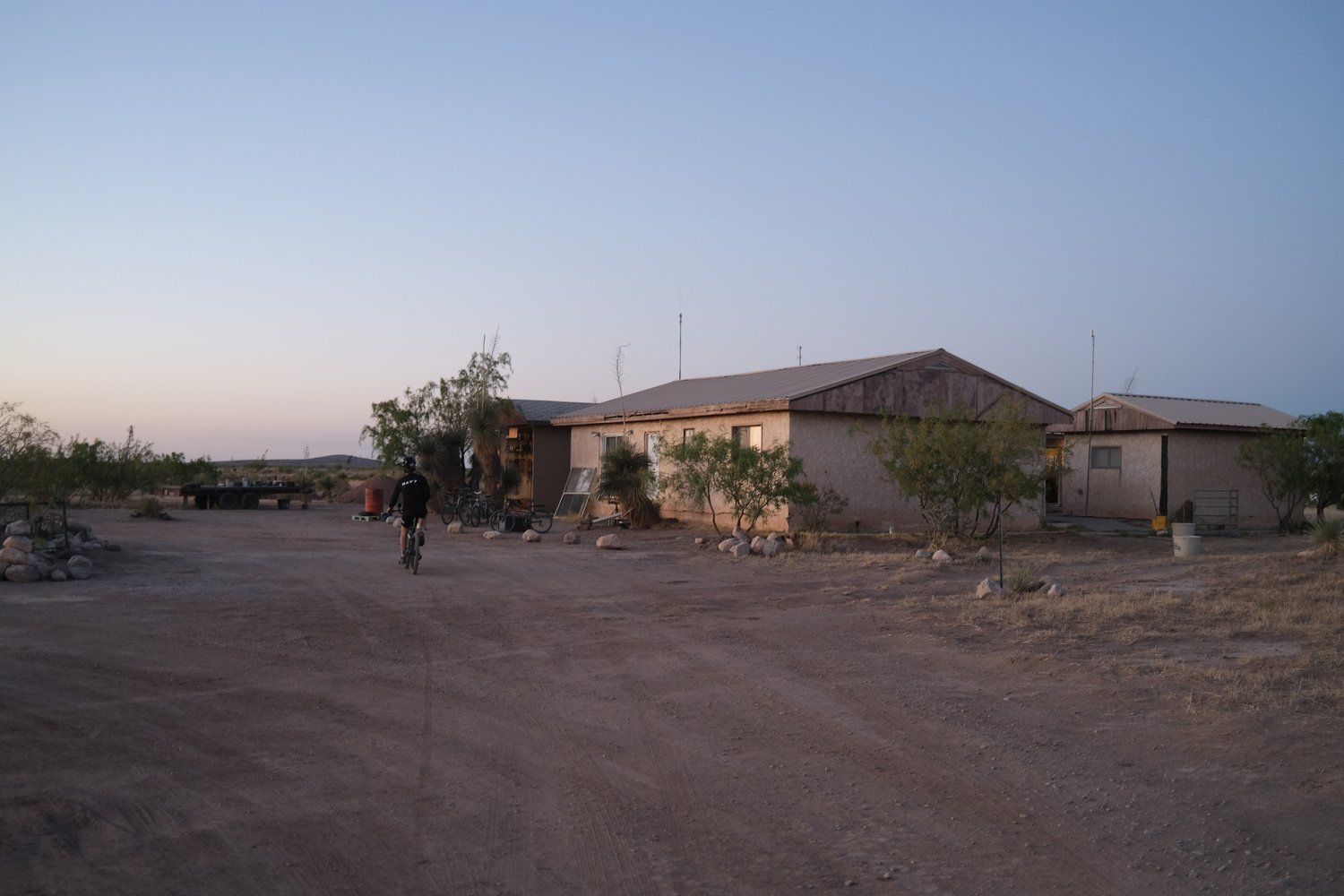
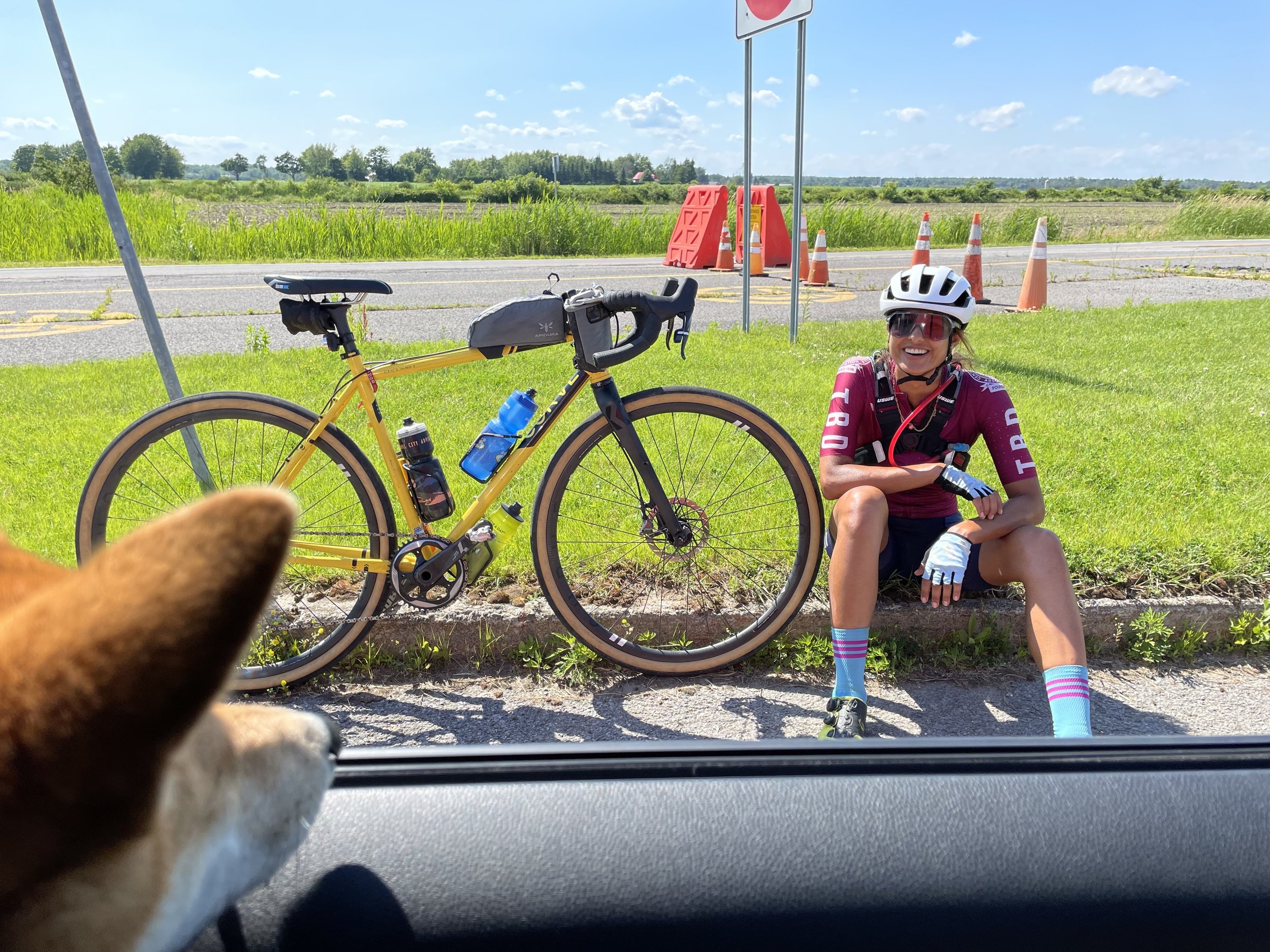
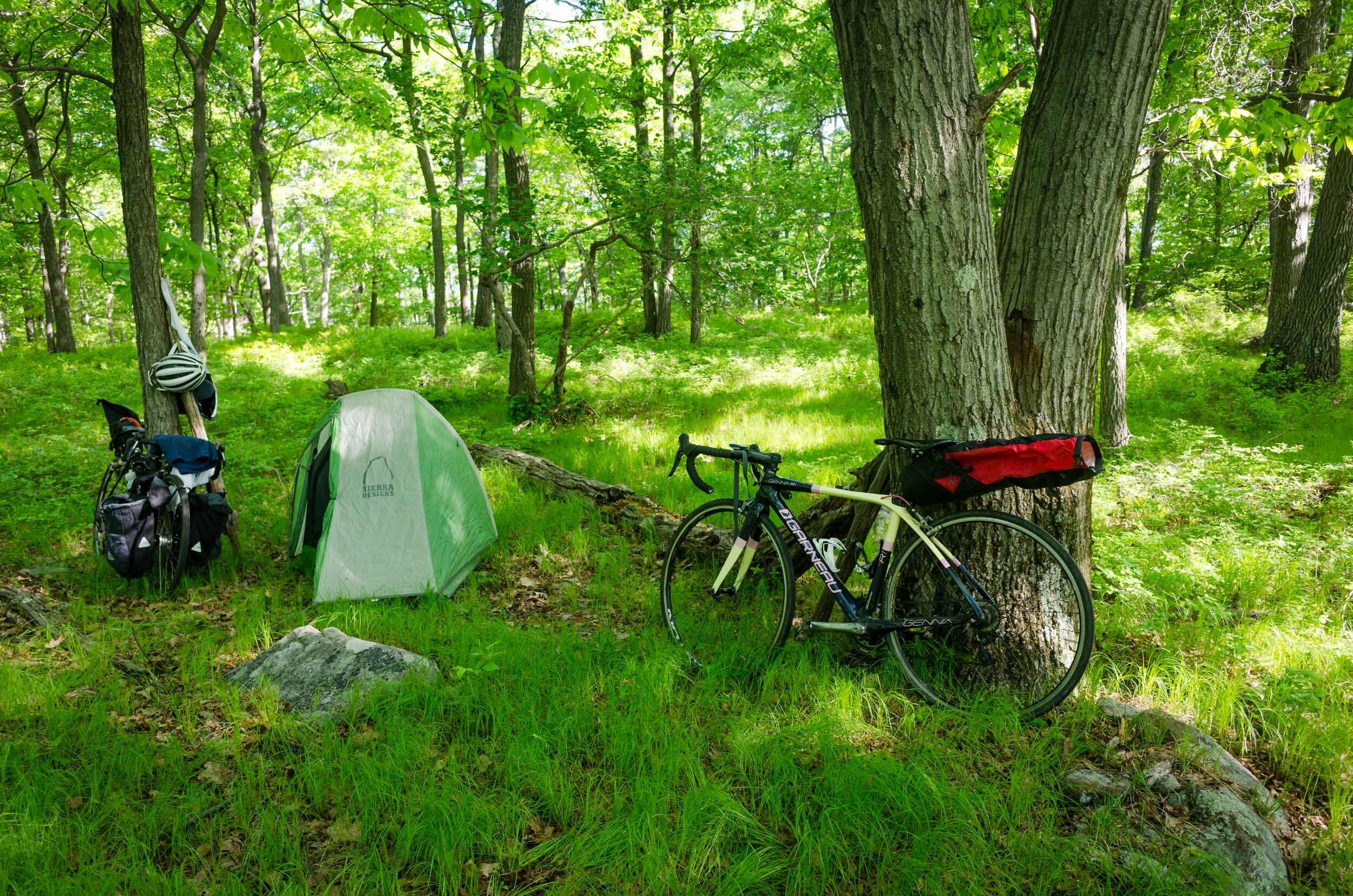

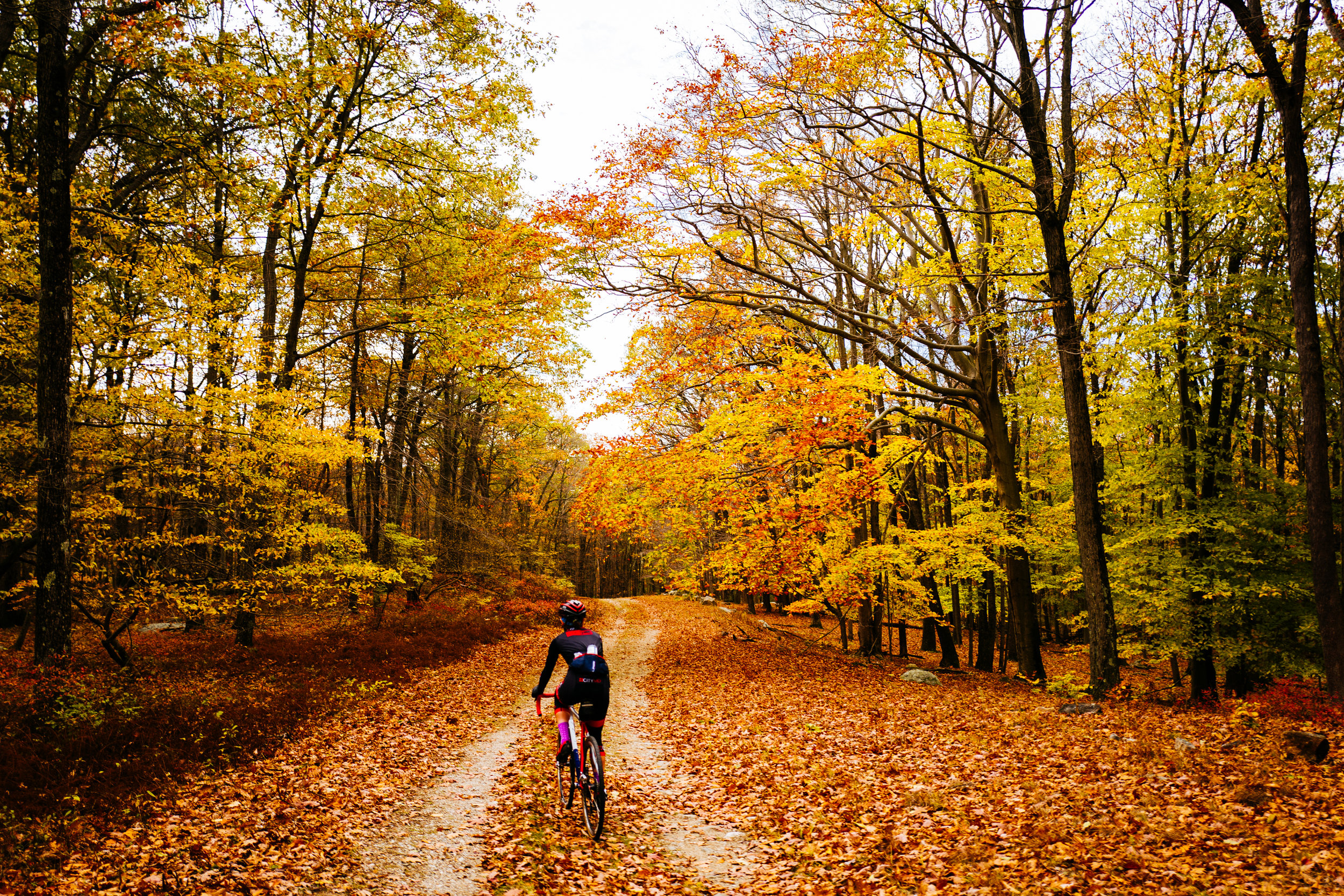
We’re two months into a new year, which means it’s time for our first newsletter of the year!